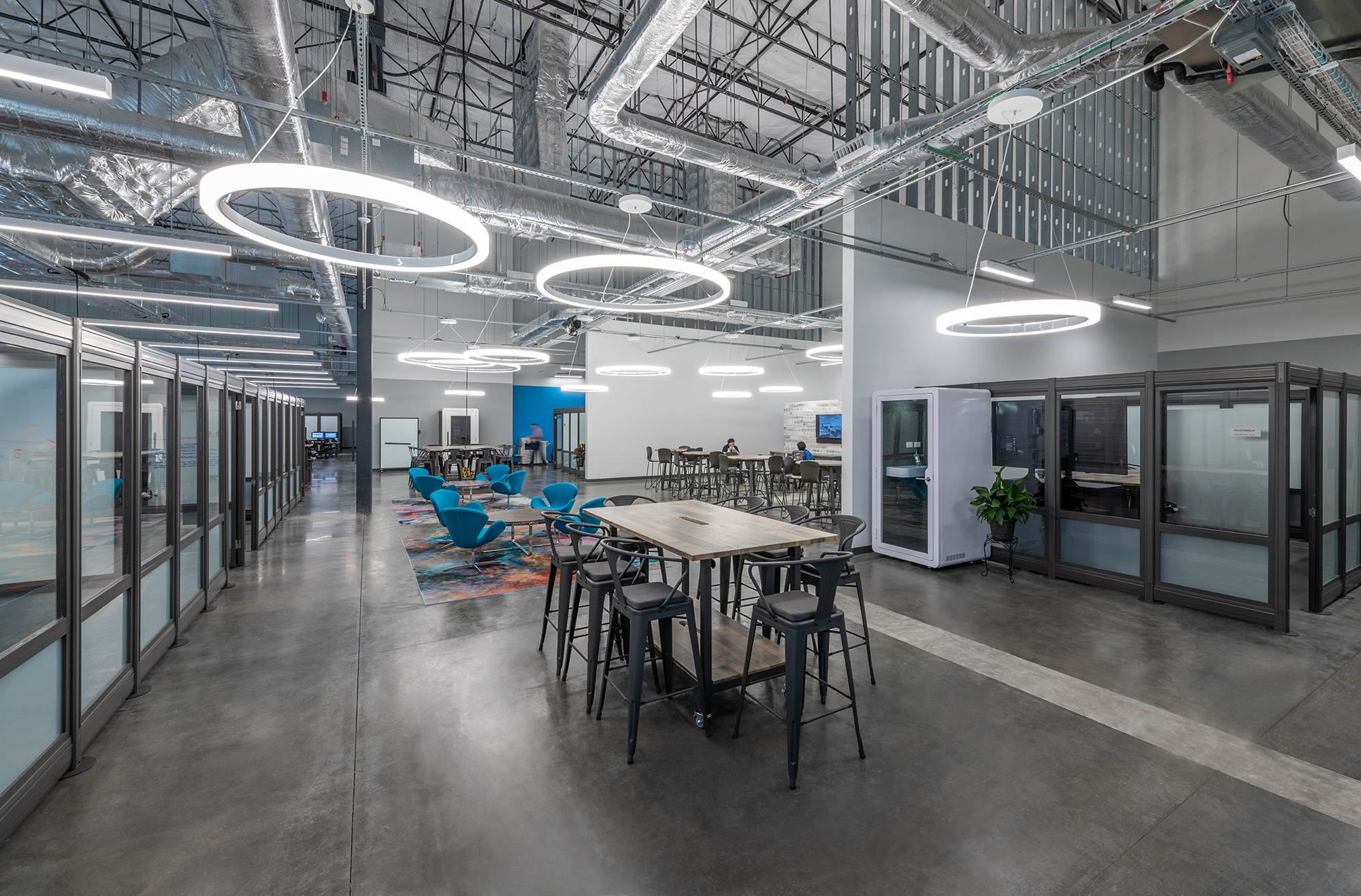In 1974, President Richard Nixon established National Volunteer Week. Over time, April became Volunteer Month. At E4D Technologies, we want to honor all the volunteers who give their time and resources to contribute to society positively. According to AmeriCorps data, US volunteers contribute almost $200 BILLION to our communities. As a company whose purpose is to provide More Freedom to Move Forward, we want to recognize the importance of giving back and the benefits it brings to our employees, our company, and our community. Here’s what you need to know about volunteering from E4D Technologies:
E4D Technologies Culture of Giving
At E4D Technologies, we embrace a culture of giving. Many of our team members took their time off (PTO) to volunteer. They were reading buddies at their children’s school, working at local pet shelters, helping at food banks, and their local places of worship. When we asked employees about why they gave up some of their PTO, they were clear that it was important to them to give back to the community. For some, it was because they had needed a helping hand at one time, and for others, it was to fulfill a greater purpose of caring for others.
Adding Volunteer Time Off (VTO) as a Benefit
At E4D Technologies, we wanted to live up to our purpose and meet the clear expectation of our employees who were using their time generously to help their community. We also wanted to protect their PTO for times when they needed it. We initially offered VTO (Volunteer Time Off) to support their initiatives and believed it would be a useful benefit to help us offer attractive, competitive benefits. What we didn’t know was all the other benefits we would receive by this seemingly simple offering.
Attracting New Talent with VTO
E4D Technologies is a small to mid-size company that requires some highly technical skills. We often compete for talent with companies like Google, Meta, and other top tech companies. Clearly, we can’t compete with their benefits and opportunities, but we have found that adding VTO really increased the appeal to potential new hires. Everyone loves the idea of contributing something meaningful and has a greater good than just working for a paycheck.
Connecting to Our Community
As we created group events to volunteer in our community, it gave us a much clearer picture of our community. 80% of our workforce lives and works in our surrounding community, and by volunteering, we are making a difference not only to those organizations but to our employees and our future employees.
Employee Engagement
While VTO is only one aspect of retaining and engaging employees, according to a 2022 report by PWC, 65% of people want to work for a company that has a powerful social consciousness. 73% of customers want companies that are helping society.
New Workplace Connections
One of the biggest unintended benefits of our VTO was the group volunteer events. While we do not prescribe a way to volunteer, we do try to offer one team volunteer event a quarter. This has created some great new friendships from people across departments. We have learned more about each other in a non-work environment. People from production and software engineers have worked together to pack food. Accounting and quality have pounded nails together while building for Habitat for Humanity. Volunteering became a wonderful way to build cross-departmental connections.
Fostering Healthy Competition
At E4D Technologies, we love good friendly competition. We’ve turned this competitive spirit into our volunteering efforts. What department can donate the most food? Which team can pack the most boxes? How many pounds of food were sorted in four hours? This has given us internal bragging rights, but it has also increased the benefits we bring to our community.
Starting a VTO Process
You can start small by creating a simple way to track VTO hours, a simple policy about how to manage the time with your manager, where or what types of places you can volunteer, and how frequently. Organize some group events periodically if you want to take it a step further. This allows your team to work together and build community while serving the community. In our experience, minimal investment creates huge rewards for the employee, the company, and the community.
In the month we celebrate volunteering, what’s stopping you from creating VTO or volunteering? At E4D Technologies, we have seen firsthand the benefits of giving back to our community. Our VTO initiative has not only allowed our employees to make a difference in the lives of others. Still, it has also helped us attract new talent, connect to our community, increase employee engagement, build new workplace connections, and foster healthy competition. We encourage other companies to consider adding VTO as a benefit to their employees and to see the many benefits of giving back. Want to learn more about what makes E4D stand out from other manufacturing and design companies? Contact us today!
Photo Sourced from Getty Images: #1408304009





